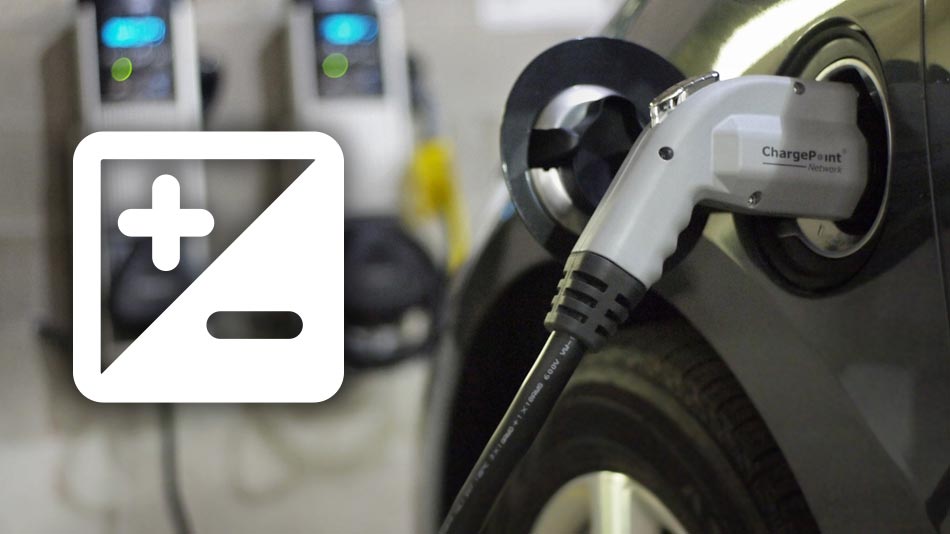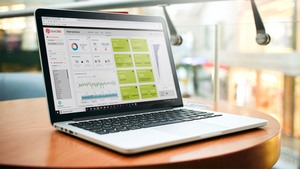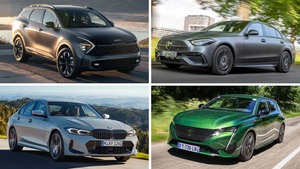As the EU transitions to a cleaner low-carbon future, what do new legislation and Government plans mean in the context of the fleet procurement process?
The threat posed by global warming has not gone away. The EU’s focus on global climate change remains high on political agendas. This focus has seen the UK bring forward the end of the sale of new petrol and diesel cars and vans to 2030. This was originally 2040 and then reduced to 2035. This third reduction shows true commitment to reducing green house gas emissions.
The European Union is reportedly considering implementing stricter laws. This would effectively amount to a 2025 ban according to German news site Bild. Norway already has a ban in place from 2025, including of hybrids and plug in hybrids.
Europe’s ban may include tightening air pollution legislation to allow just 30mg/km of the damaging nitrous oxide pollution from combustion vehicles. This is down from 60mg for petrol and 80gm for diesel from 2025.
“What’s clear is the electric age is undoubtedly picking up pace. 2025 will come around quickly for those with large fleets of ICE cars and vans. Change takes time, so procurement departments will need to act now to devise a new, long-term strategy to support the switch to electric vehicles.”
Hans Damen
Fleet Procurement can be complicated
As well as complication, the fleet procurement process can also be a lengthy even with best practice. Adding the challenges and perceived complexities of switching to EV eg. charging infrastructure, pricing, EV range and the process becomes even more difficult to navigate. Despite all the regulations, incentive schemes and growing media attention around the future ban, not all operators will necessarily be in a position to make the switch come this deadline.

It’s no surprise then that purchase decision-makers will be asking themselves how to determine the viability of switching to EV.
- What are the right vehicles?
- How they should re-model their Operating Expense plans?
- Who to partner with or learn from, in order to prepare for the transition.
When looking into viability and opex modelling, data plays a vital role. This can help procurement and other stakeholders assess EV feasibility by turning data into decisions. This is done by looking at everything from the average number of trips overall and per vehicle, the distance, regularity, usage times, usage patterns, and time spent moving versus idle.
The total cost of ownership of an EV switch versus the existing fleet (including total CO2 and fuel savings) is an essential calculation. In creating an evaluation based on existing data, purchase decision-makers will be able to get a strong sense of the opportunity and what’s necessary to make it happen. But this isn’t something operators need to do just once – data analysis is valuable every quarter as the industry and fleet requirements evolve.
This is especially true in the EV market, where change is going to be exponential. We are all at the beginning of a huge shift in mobility and more and more drivers are beginning to challenge current fleet policy. Best practice approaches will enable decision makers to choose the right EVs for today, understand where to focus in future and phase a gradual transition – which is more manageable and less costly.
Time to make 2021 the year of change. Get in contact for a chat.



